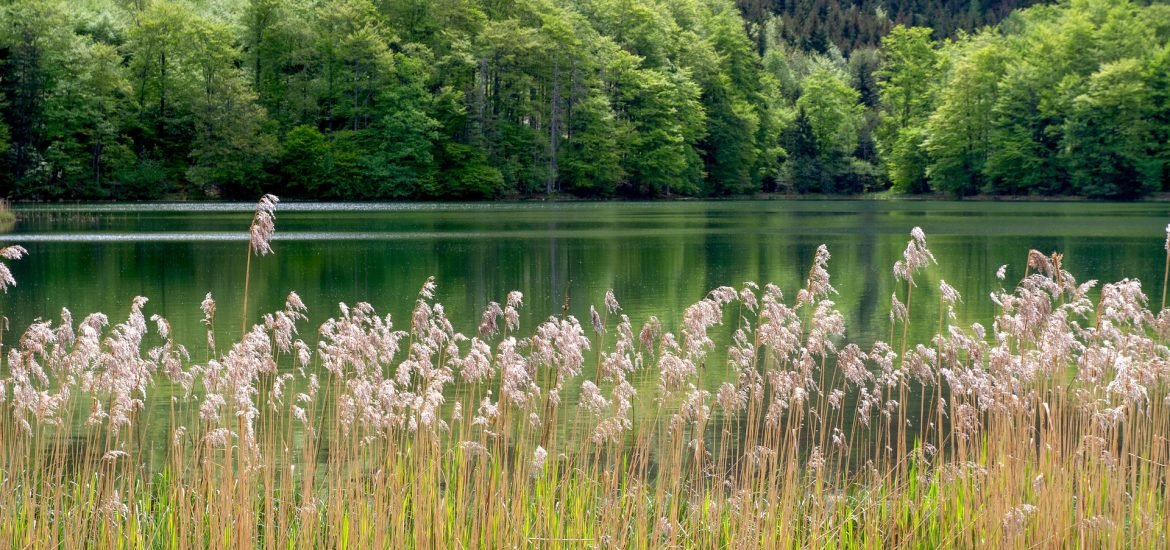
The amount of methane emitted by freshwater lakes in the northern hemisphere could nearly double over the next 50 years due to climate change, according to a new study. Scientists have identified a potentially “damaging feedback loop” in lakes that could be triggered by a warming-related increase in aquatic plant growth.
Researchers at the University of Cambridge, along with colleagues from Canada and Germany, found that while debris from trees can suppress the production of methane in freshwater lakes, organic matter from plants found in reed beds, such as cattails, can promote it. The team published their findings on Friday in the journal Nature Communications.
Methane is a potent greenhouse gas that is 25 times more powerful than carbon dioxide in the atmosphere. Freshwater ecosystems contribute about 16% of natural methane emissions on Earth, compared to only 1% produced by the world’s oceans, study senior author Dr Andrew Tanentzap, from the University of Cambridge’s Department of Plant Sciences, said in a press release.
As much as 77% of a lake’s methane emissions come from organic matter from plants growing in or near the water. Once the plants shed the debris, it is buried in sediment near the edge of the lake before being consumed by microbes. The microbes generate methane as a byproduct, which is then released into the atmosphere through the surface of the water.
To see how methane emissions vary with the type organic matter, the team compared three common kinds of plant debris: coniferous trees, which shed pine needles, deciduous trees, which shed their leaves each year, and cattails.
After incubating the samples in the lab for 150 days, the team found that the amount of methane generated by microbes in lake sediment is highly dependent on what type of organic matter enters the lake. Their tests showed that cattails produced more than 400 times the amount of methane than that produced by conifers and 2,800 times the amount produced by deciduous trees.
The researchers said that the chemical makeup of organic matter from both coniferous and deciduous trees allows these types of debris to suppress methane production among microbes.
“The cattails don’t have the same chemicals and so they are no longer inhibiting the microbes from producing methane,” Dr Tanentzap told BBC News.
The team warned that rising temperatures have the potential to promote the growth of plants like cattails in and around northern lakes, leading to even more methane production. Using species distribution models, which predict how different climatic conditions would impact a plant or animal’s range, researchers found that the number of lakes colonised by the common cattail alone could double over the next 50 years. If this were to occur, it would drastically increase the amount of methane produced by lakes during the growing season.
The study’s findings have the potential to alter climate projections. Dr Sapna Sharma, an expert in climate change impacts on lakes from York University in Toronto, told BBC News, “Methane production is currently underestimated in global climate models.”
Sharma, who was not involved in the research, added: “This study was able to elucidate a mechanism by which lakes may produce even more methane that previously thought. Uncovering another potential source of methane production from boreal lakes is useful to further understanding global carbon cycles and ultimately improve climate projections.”